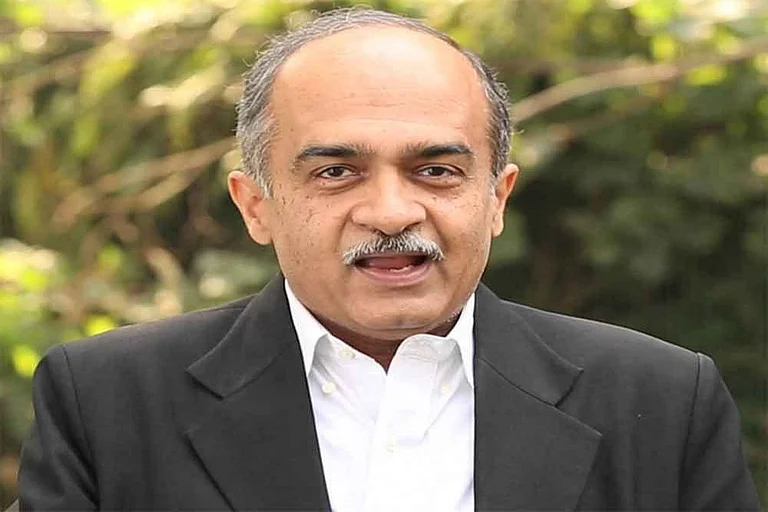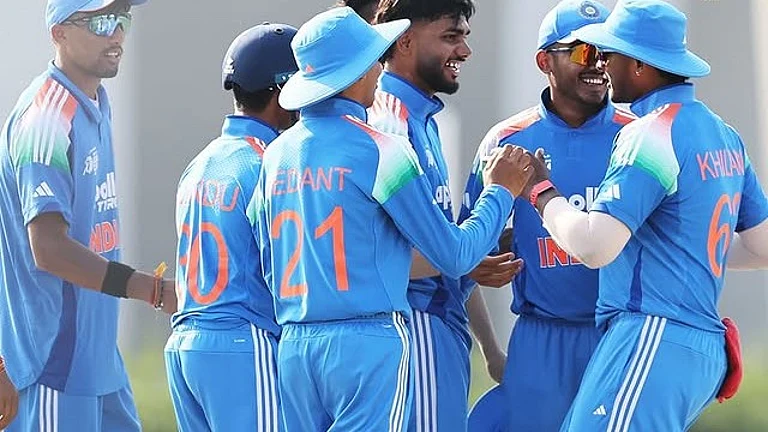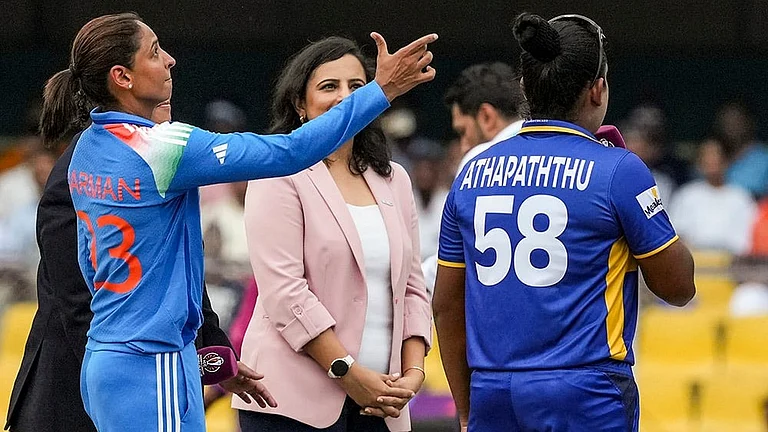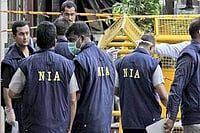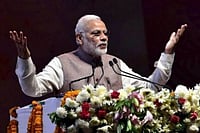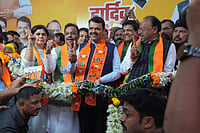- Is five decades old; started when a bidi factory moved to Karnataka due to labour trouble. Communist workers who lost jobs were rehabilitated by the RSS.
- Hate campaign intensified in the late '60s. Has been on the boil ever since
- Today Marxists and saffronites have carved up entire villages between them
- Both are equally brutal but violence escalates when CPI(M) is in power
- In 2006, there were as many as 737 cases of rioting. At least 200 have died in four decades, several others maimed.
***

RSS stake at Cheruvanchery
So intense and bitter is the divide that saffron activists and red cadres have carved out the land between themselves. Cutouts of the hammer and sickle, or saffron flags and RSS painted on electric posts, on roads or walls announce whose fiefdom a particular village is. Those believed to be subscribing to a rival ideology are rendered persona non grata in the village and are possible targets. Respective party cadres are on a constant vigil. Any unauthorised entry is challenged. A stranger who might stray in accidentally is followed closely till it's certain that he is not an 'enemy'. Even buses, run by sympathisers of the two groups, stop only at 'friendly' bus stops.
What is the genesis of this hatred? It dates back to 1958 when the Ganesh Beedi factory shifted to Mangalore in neighbouring Karnataka due to labour problems, and many lost their jobs. The RSS stepped in and helped many secure alternate jobs, winning over several Communists to its side. Things turned bloody in 1968 when RSS swayamsevak Vadikkal Ramakrishnan was killed, triggering off the cycle of red-saffron war.
According to the RSS, the Marxists suffered—and still suffer from—a fear psychosis because many of its cadres have crossed over to the rss. The CPI(M) leaders, upon seeing erosions in its camp, accuse the RSS of accomplishing this by violence. Comments Congress leader K Sudhakaran: "Perhaps the Marxists believe desertions can be dealt with only by physically preventing people from leaving or teaching the renegades a lesson."
Savagery rather than revolution or patriotism guides Kannur's killer squads. Limbs are cut off and rubbed on the roads or doused in coal tar to prevent the severed body parts from being stitched back surgically. Both sides are equally brutal in such tactics. The difference might lie in the number of dead or maimed. That unfinished agenda of "equalising goals" is stoked at will, further fuelling the spiral of hatred.
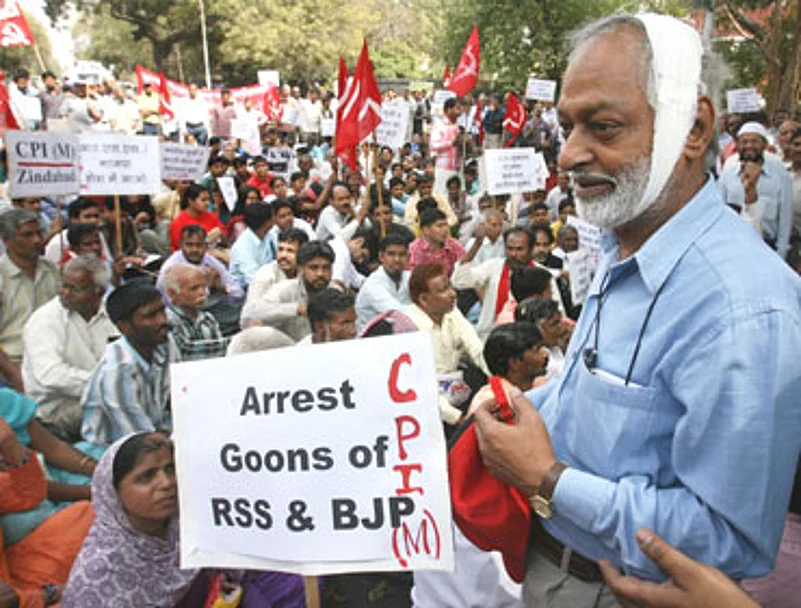
CPI(M) walas protest attack on Delhi HQ
While the CPI(M) has much at stake in a district which is its bastion, what's in it for the BJP-RSS, especially as there's relatively little electoral advantage? It might not have won a single seat in an assembly or Lok Sabha election in the state, but the BJP has been able to improve on its voteshare over the years, especially in the local council polls. Quite often, at the macro-level, in the assembly or Parliament elections, its net share of the vote eats into that of other candidates. The logic could be either to reduce the Congress in Parliament or checkmate the CPI(M) in the assembly.
What's driving the saffron brigade is the general perception in the state that it alone has the guts to take on the CPI(M). The Congress in Kannur is already believed to have succumbed to the CPI(M)'s strongarm tactics.
So, if the BJP has to put up a semblance of a political force to counter the CPI(M), it needs to live up to its proven image as a physical checkmate to the red brigade. Kannur's legacy of fighting the might of the British, then the Emergency and the pervasive traditional martial arts culture equip homegrown rss activists to position themselves as protectors of the middle class against CPI(M) cadres.
But CPI(M) cadres too are built of stern stuff. Which is why violence escalates when the party is in power. Historian M.G.S. Narayanan says the principal blame rests with the CPI(M) since it's the dominant party in Kannur and now heads the ruling Left coalition. "The CPI(M) needs to accept that it's but one of the political parties, vying for its rightful place in a democratic framework," says Narayanan. "Sadly, the party does not subscribe to this notion of democracy, of allowing its rivals political freedom."
Which is why many believe that the violence can only cease if the two warring parties take it upon themselves to call an end to hostilities. Says Prof M.N. Karassery, a Kozhikode-based social commentator: "We can go into the anatomy of the violence later and anlayse whose hands are bloodier. Let the violence stop first." Adds retired civil servant Moorkothu Ramunny: "Just one word from the CPI(M) and the BJP, and the killings will stop." Will they?







